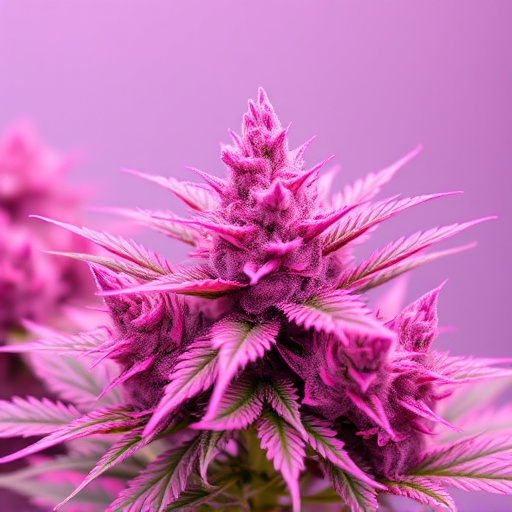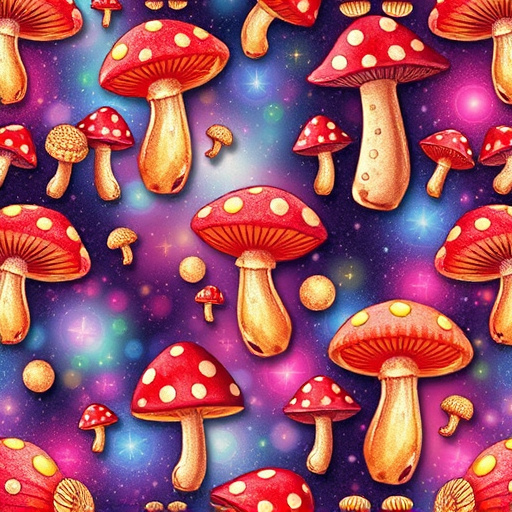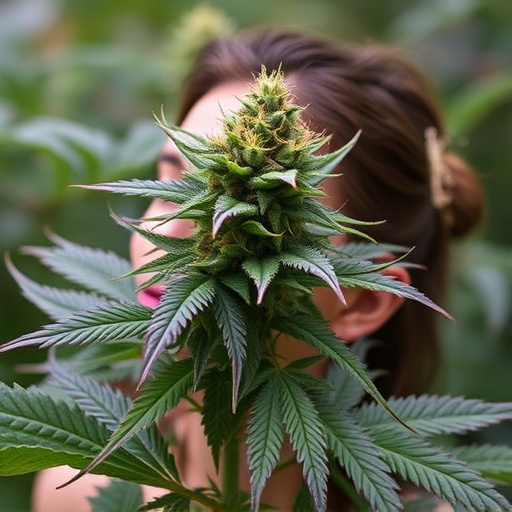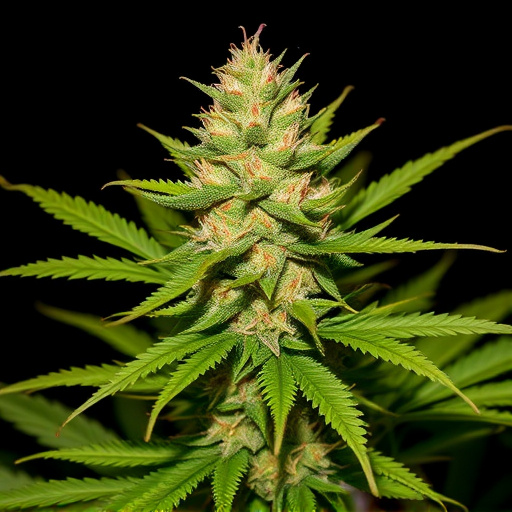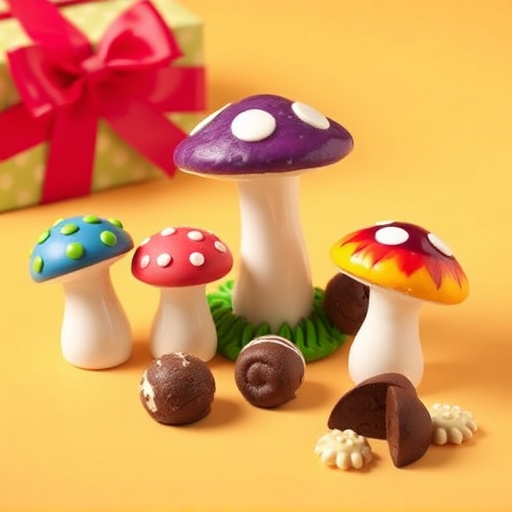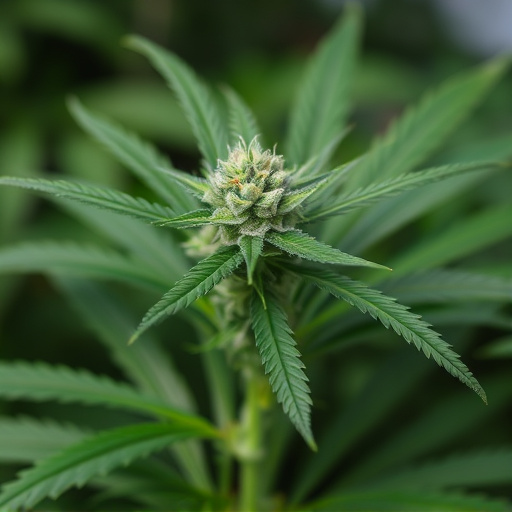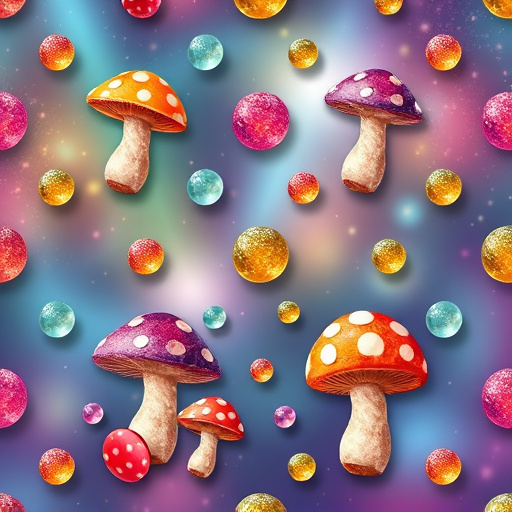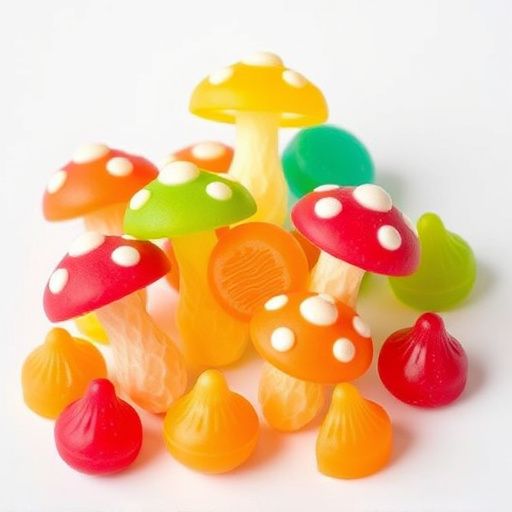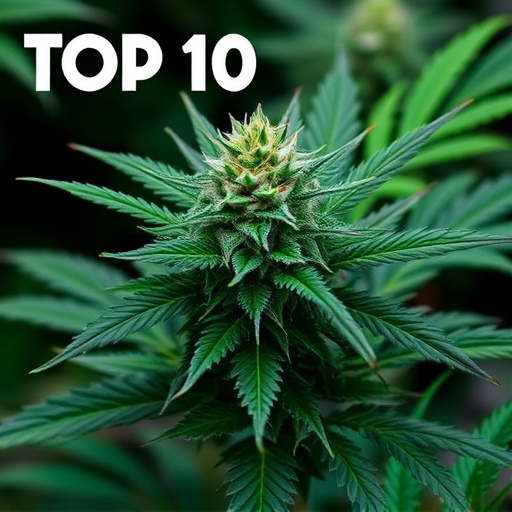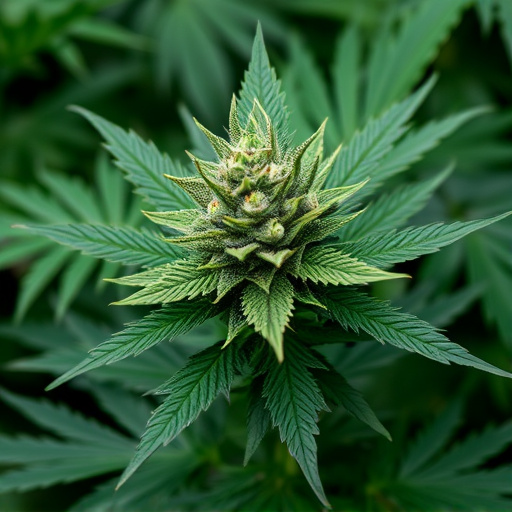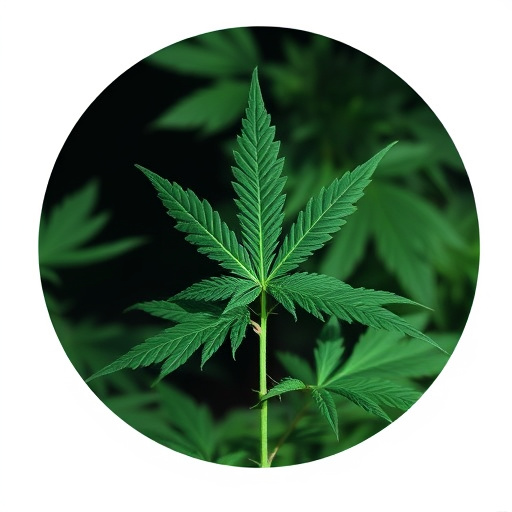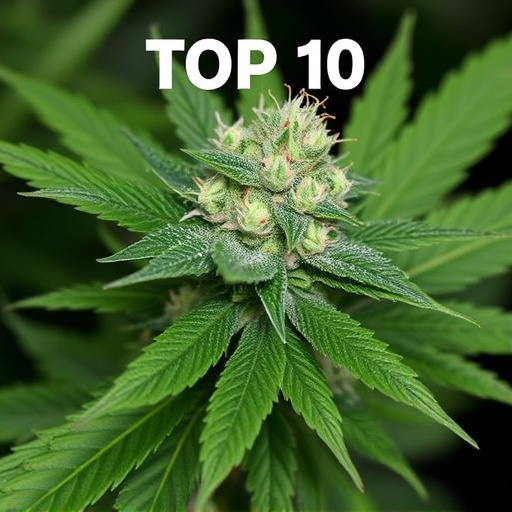The "neurotransmitters of reward," dopamine and serotonin, play a crucial role in mood, motivation, and pleasure regulation. Cannabis interacts with these neurotransmitters differently across various strains, affecting brain reward systems. The top 10 strains of cannabis, categorized by their chemical compositions, offer diverse benefits: Sativa boosts dopamine for enhanced pleasure; Indica strains modulate serotonin for calmness; CBD-rich plants regulate mood; and hemp varietals provide subtle calming effects. Personalized experimentation is key to finding the best strain for balancing these neurotransmitters.
Cannabis has long been recognized for its impact on mood and reward systems, with dopaminergic and serotonergic mechanisms playing a central role. This article delves into the intricate relationship between cannabis, dopamine, and serotonin, exploring how the plant interacts with these neurotransmitters and influences our sense of pleasure and well-being. We’ll uncover the science behind these interactions and offer a guide to the top 10 cannabis strains known for balancing dopamine and serotonin levels, providing insights for those seeking natural support for their mood.
- Understanding Dopamine and Serotonin: The Neurotransmitters of Reward and Mood
- Cannabis Interaction with Dopamine and Serotonin Systems: Effects and Mechanisms
- Top 10 Cannabis Strains for Balancing Dopamine and Serotonin Levels: A Guide for Well-Being
Understanding Dopamine and Serotonin: The Neurotransmitters of Reward and Mood
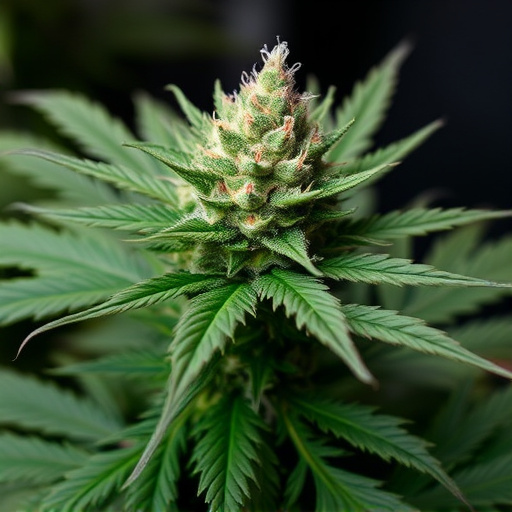
Dopamine and serotonin are two key neurotransmitters that play pivotal roles in regulating our mood, motivation, and pleasure. Often referred to as the “neurotransmitters of reward,” dopamine is responsible for those feel-good moments we experience when rewarded or achieving a goal. It fuels our desire for rewards and drives us to seek them out. Serotonin, on the other hand, influences our mood, appetite, sleep, and emotional regulation. Imbalances in these neurotransmitters have been linked to various mental health conditions, making their proper functioning crucial for overall well-being.
Cannabis interaction with these neurotransmitters is a complex topic that has garnered significant interest in recent years. While cannabis use can lead to short-term alterations in dopamine and serotonin levels, the long-term effects are still being studied. Certain strains of cannabis, known as the top 10 strains, have unique chemical compositions that can either boost or inhibit neurotransmitter activity. For instance, Sativa strains often contain higher levels of THC (tetrahydrocannabinol), which can increase dopamine release, potentially enhancing feelings of pleasure and reward. In contrast, Indica strains, with their higher CBD (cannabidiol) content, may have calming effects by modulating serotonin receptors. Understanding these interactions offers valuable insights into the complex relationship between cannabis and our brain’s reward and mood systems.
Cannabis Interaction with Dopamine and Serotonin Systems: Effects and Mechanisms
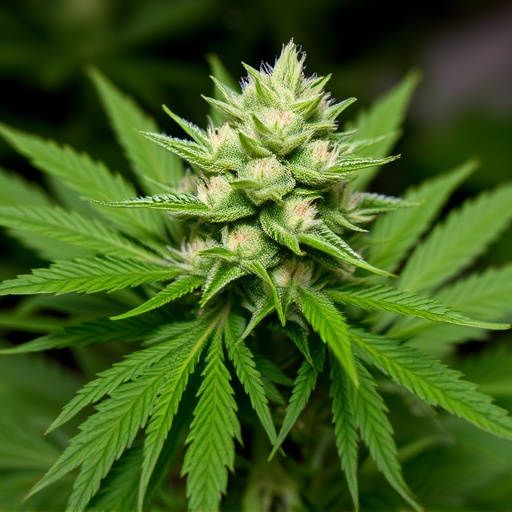
Cannabis interaction with dopamine and serotonin systems is a fascinating area of study, offering insights into its complex effects on the brain. When consumed, cannabis engages with various neurotransmitter receptors, notably the CB1 and CB2 receptors, which are widely distributed in the central nervous system and immune cells respectively. These interactions modulate the release and activity of key mood-regulating chemicals like dopamine and serotonin.
Dopamine, often termed the ‘feel-good’ neurotransmitter, plays a pivotal role in reward, pleasure, and motivation. Cannabis activation of CB1 receptors can enhance dopamine transmission, leading to the euphoric and rewarding effects associated with cannabis use. Serotonin, on the other hand, is involved in mood regulation, appetite, and sleep. Research suggests that cannabis may interact with serotonin systems indirectly, influencing its availability and signaling. Certain strains known for their high THC content, considered the top 10 strains of cannabis, have been linked to more pronounced effects on dopamine and serotonin, potentially contributing to their unique psychological profiles.
Top 10 Cannabis Strains for Balancing Dopamine and Serotonin Levels: A Guide for Well-Being
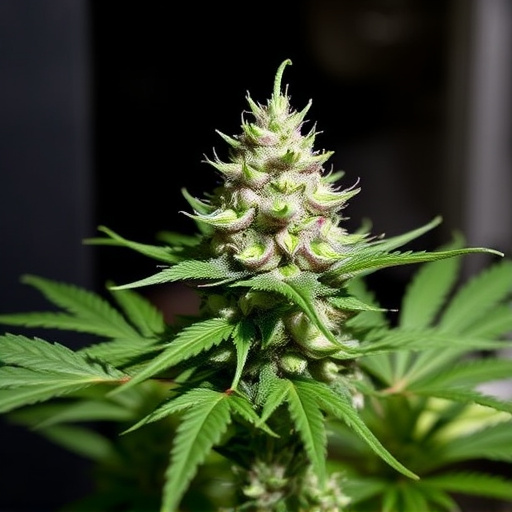
Cannabis has long been known for its effects on the brain’s reward system, primarily through its interaction with dopamine and serotonin. While moderation is key, certain strains have been found to help balance these neurotransmitters, offering potential benefits for well-being. Here’s a guide to the top 10 cannabis strains that can positively influence dopamine and serotonin levels:
1. Indica Dominant Strains: Known for their relaxing properties, Indica strains like Granddaddy Purple and Northern Lights can boost serotonin, promoting better mood and sleep. These strains often contain higher levels of CBD, which is known to regulate serotonin receptors, making them ideal for those seeking a calm and balanced state.
2. Sativa Strains with High THC: Some Sativas, such as OG Kush and Blue Dream, have higher THC content, which can stimulate dopamine release. This can lead to increased energy, happiness, and focus, making them popular choices for daytime use or creativity boosts. However, users should be mindful of their tolerance and dosage.
3. Balanced CBD-Rich Strains: Strains like AC/DC and Charlotte’s Web are renowned for their high CBD content. CBD has been shown to mimic the effects of endocannabinoids, our body’s natural regulators of mood, memory, and perception. These strains offer a gentle yet effective way to support dopamine and serotonin balance without the psychoactive effects of THC.
4. Hemp Varietals: Industrial hemp plants, legally defined as those with less than 0.3% THC, produce diverse cannabinoids like CBD and CBG. Strains like Industrial Hemp and American Spirit can provide a subtle yet calming effect, contributing to overall well-being without the mind-altering effects.
5. Hybrid Combinations: Many modern strains are hybrids of Indica and Sativa, offering the best of both worlds. For example, a balanced hybrid like Girl Scout Cookies or Gorilla Glue combines the relaxing properties of Indica with the uplifting energy of Sativa, potentially enhancing both dopamine and serotonin activity.
6. High THC, Low CBD Strains: While high THC can stimulate dopamine, combining it with low CBD levels can lead to an imbalanced effect. Strains like Sour Diesel or Super Silver Haze offer a burst of dopamine but lack the regulating properties of CBD, so users should be cautious and start with small doses.
7. Terpene-Rich Options: Terpenes, aromatic compounds in cannabis, can also influence neurotransmitters. Strains with high levels of limonene (found in citrusy strains) and linalool (common in lavender strains) are known to support serotonin and dopamine regulation.
8. Unique Hybrids for Specific Needs: Certain breeders have developed unique hybrids tailored to specific well-being goals. For instance, ‘Happy Bud’ is a hybrid designed to boost mood, while ‘Calm & Collect’ focuses on promoting relaxation and focus.
9. Local Breeder Specialties: Exploring locally bred strains can yield unexpected benefits as breeders often select for specific traits. Look for recommendations from trusted local dispensaries or breeders who specialize in balanced, well-being-focused strains.
10. Personalized Experimentation: Every individual’s response to cannabis is unique. Experimenting with different strains and methods of consumption (vaping, edibles, tinctures) can help you discover which combinations work best for balancing your dopamine and serotonin levels.
Cannabis’ impact on dopamine and serotonin, the neurotransmitters vital for reward, pleasure, and mood regulation, offers both challenges and opportunities for well-being. While further research is needed to fully understand its complexities, exploring specific cannabis strains known for their ability to balance these chemicals can be a game-changer. The top 10 strains highlighted in this guide provide a starting point for individuals seeking natural ways to enhance dopamine and serotonin levels, potentially leading to improved mood and overall mental health.
